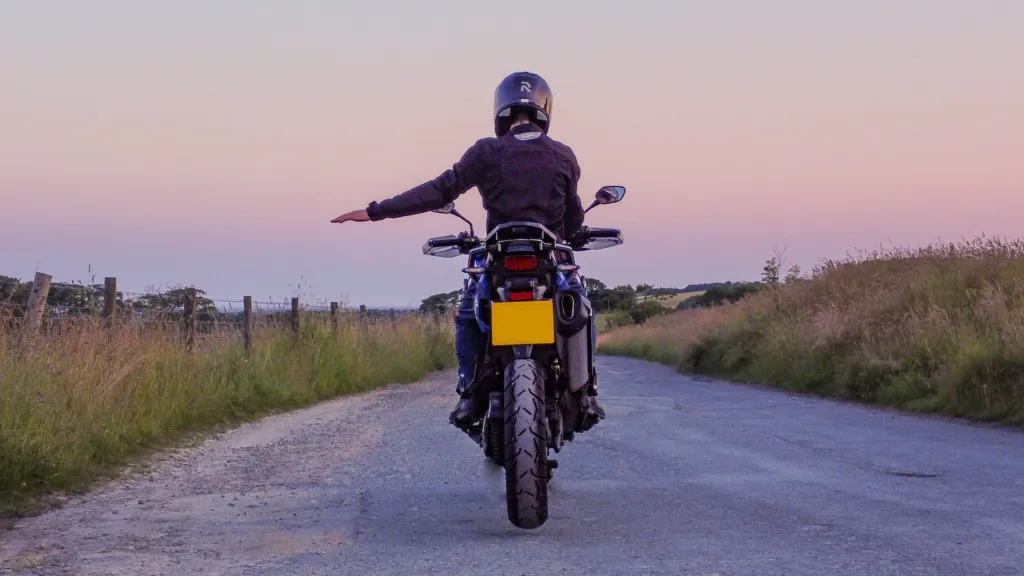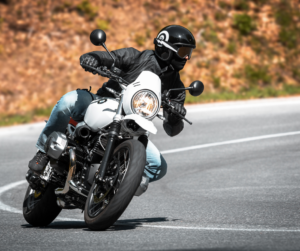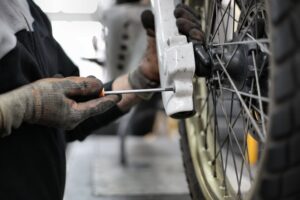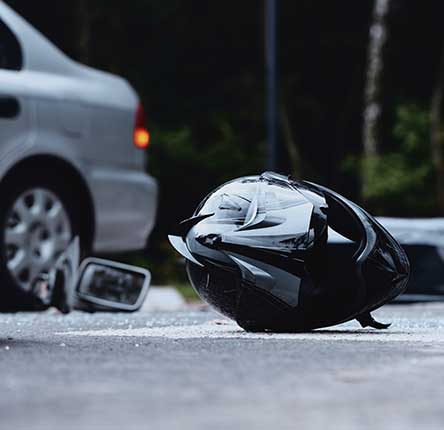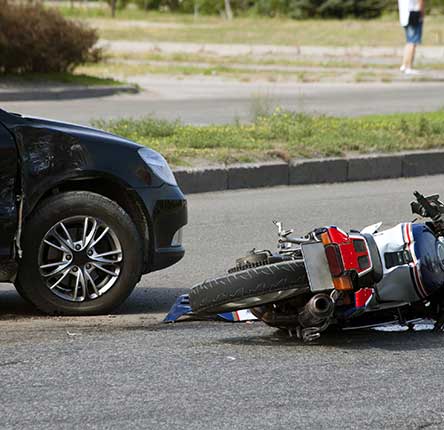Group riding on motorcycles requires clear communication and coordination among riders to ensure everyone’s safety and maintain a smooth flow of traffic. Hand signals are essential for effectively conveying messages when verbal communication might be challenging due to the noise of engines and wind. Here are some common motorcycle hand signals for group riding:
Formation Change: Extend your arm straight out and point in the direction you want the group to move. This indicates a change in the riding formation, such as moving from a staggered formation to a single-file line or vice versa.
Single File: To indicate that the group should ride in a single-file line, simply point to the ground with your index finger, or tap the top of your helmet with an open palm.
Speed Up: To signal the group to increase their speed, extend your arm forward, palm down, and make a patting motion with your hand.
Slow Down: To signal the group to reduce their speed, extend your arm forward, palm down, and make a downward motion with your hand.
Stop: To indicate that the group needs to come to a complete stop, extend your arm to the side with your palm facing backward.
Hazard/Road Debris: Point to the hazard or debris on the road with your index finger or hand to warn riders behind you.
Tighten Up: If the group needs to close the gap between riders (e.g., after merging onto a highway), extend your arm backward, palm down, and move it in a pulling motion toward your body.
Single File Formation: To indicate that the group should transition to a single-file formation, hold your left hand up with your index finger extended upward.
Staggered Formation: To signal a return to a staggered formation, hold your left hand up with your index and middle fingers extended upward.
Fuel/Rest Stop: Make a fist and tap the top of your helmet to signal to the group that you need to stop for fuel or rest.
Bike Issue: If you experience a mechanical issue or breakdown, tap the top of your helmet with an open palm to alert the group.
Turn Signals: Always use your motorcycle’s built-in turn signals to indicate turns or lane changes. Hand signals can supplement but not replace turn signals.
It’s crucial for all riders in the group to be familiar with these hand signals before setting off on a ride. Additionally, establish a lead rider who can communicate the intended route or any changes in the ride plan through these signals. Regularly check on your fellow riders through your mirrors to ensure everyone is aware of the signals and is riding safely. Remember that safety is paramount, so always maintain a safe following distance and ride at a speed suitable for the road conditions.
Whether you were riding alone or with a group, you need experienced legal counsel after a motorcycle accident. Accidents involving multiple vehicles can be complex and challenging. Insurance companies may try to shift liability to other parties. A motorcycle accident lawyer performs an independent accident investigation to determine fault and liability to protect the rider’s best interests. If you need help finding an attorney, contact us today.

